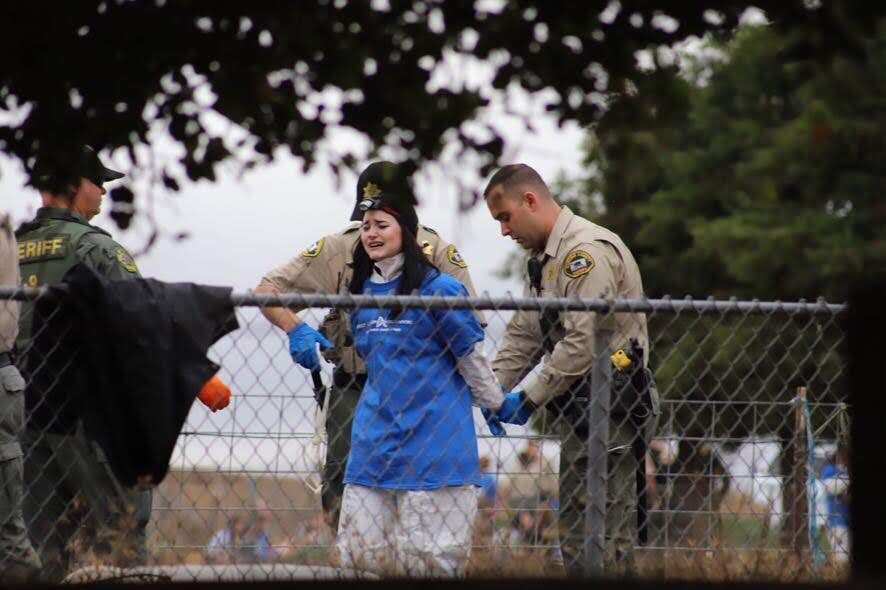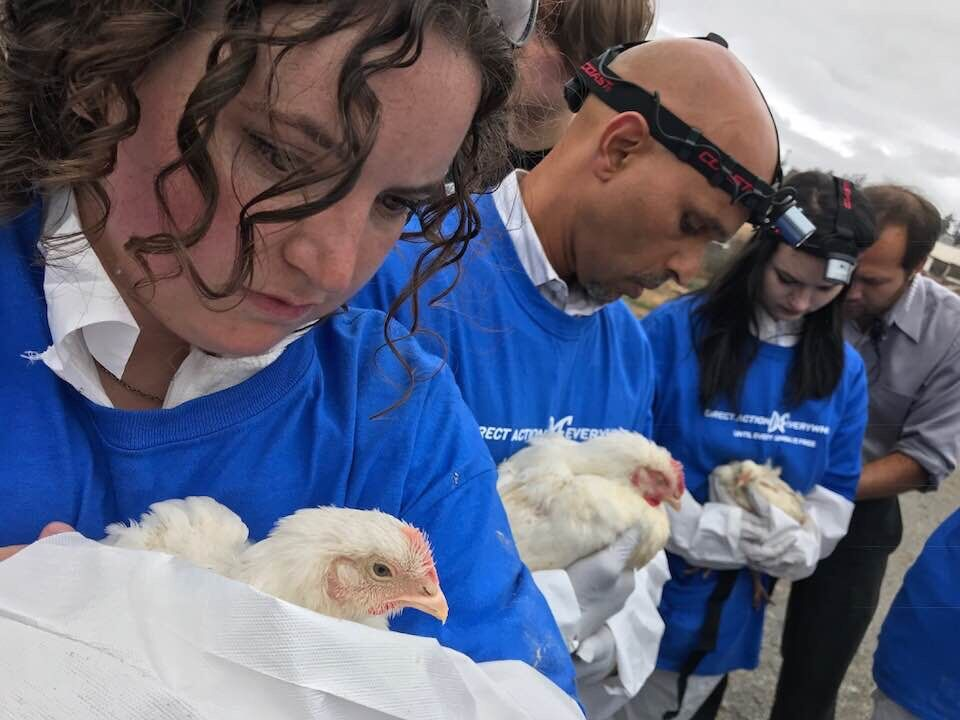Let’s start with the important stuff. My wonderful students have established an excellent new journal, the Hastings Journal of Crime and Punishment (HJCP). Issue no. 1 is already out, including my essay about how Jeff Sessions hasn’t managed to destroy the Cheap on Crime trend. But more importantly, we’re holding a terrific daylong symposium titled Progressive Prosecution in the Carceral State. Join us on Feb. 7 at UC Hastings! RSVP via this link.
Progressive prosecution has been an exciting trend, especially because of the recent tendency to talk about the contribution of county prosecutors to mass incarceration. But expecting the election of a professed progressive official at the top of the pyramid misses out on important institutional dimensions that could stand in the way of progressive reform.
Take, for example, the recent San Francisco hullaballoo. Our recently elected District Attorney, Chesa Boudin, is in conflict with our police union over his decision to withdraw charges against Jamaica Hampton, a man who, in a violent altercation with the police, allegedly attacked the cops with a vodka bottle:
Alex Bastian, the spokesman for the district attorney’s office, said the case was set aside to avoid conflicts between two separate investigations — one being the internal officer-involved shooting case and the other being the criminal allegations against Hampton.
“Both cases are still under investigation,” Bastian said. “We don’t want one investigation to interfere with the other. We are looking into developing a policy to avoid conflicts in cases where multiple investigations are ongoing.”
Bastian on Sunday disputed Scott’s characterization that charges against Hampton had been withdrawn, saying that he was never formally charged. The district attorney’s office filed charges in December but Hampton had not been arraigned.
Hampton, 24, was originally booked on charges of assault with a deadly weapon, assault upon a police officer and threats to an officer after videos from police body cameras and surveillance footage showed him hitting an officer with a vodka bottle and then being chased through the intersection at 23rd and Mission streets.
The police union is demanding federal intervention but, save for their dissatisfaction with the D.A.’s decision, I’m not sure what would be the basis for that. This is a violent incident against municipal police in an area not governed by federal law. Proximity to a school might throw some federal jurisdiction into it, but it’s not a drug case, so I’m not sure whether that would avail the police union.
But even if there were parallel federal jurisdiction here, there are a few bigger issues. According to the Petite policy, the feds do not interfere with cases charged and adjudicated in states unless these proceedings leave an important federal interest unvindicated. True, there are no formal charges here, but can we really say anything here calls for federal intervention? Politically, sure, but legally? One argument that can be made on Boudin’s side (and hasn’t been highlighted by his spokesman) is that incidents of mutual violence between police and citizens tend to end with charges against the citizens, rather than against the police, and that these often serve as fig leaf for the police. Crazy examples abound (even though the Hampton case might not be the textbook example of this, there nonetheless is a problem.) This supports the notion that it is better to wait for the police investigation to play out and then take that into account when making a decision about pressing charges.
More importantly, is this the harbinger of things to come in terms of obstacles for implementing Boudin’s vision for a progressive San Francisco? Boudin has already fired several prosecutors and, as the Hampton incident shows, will face pushback from cops and judges, as well as from his own subordinates. Progressive prosecution is a great study of how the organizational culture of lower courts would respond to someone elected for the very purpose of jamming the wheels of the giant machine.
Want to learn more? Join us at our Feb. 7 symposium. Chesa Boudin will be there, as will other progressive prosecutors from around the nation, scholars, policymakers, and activists!



